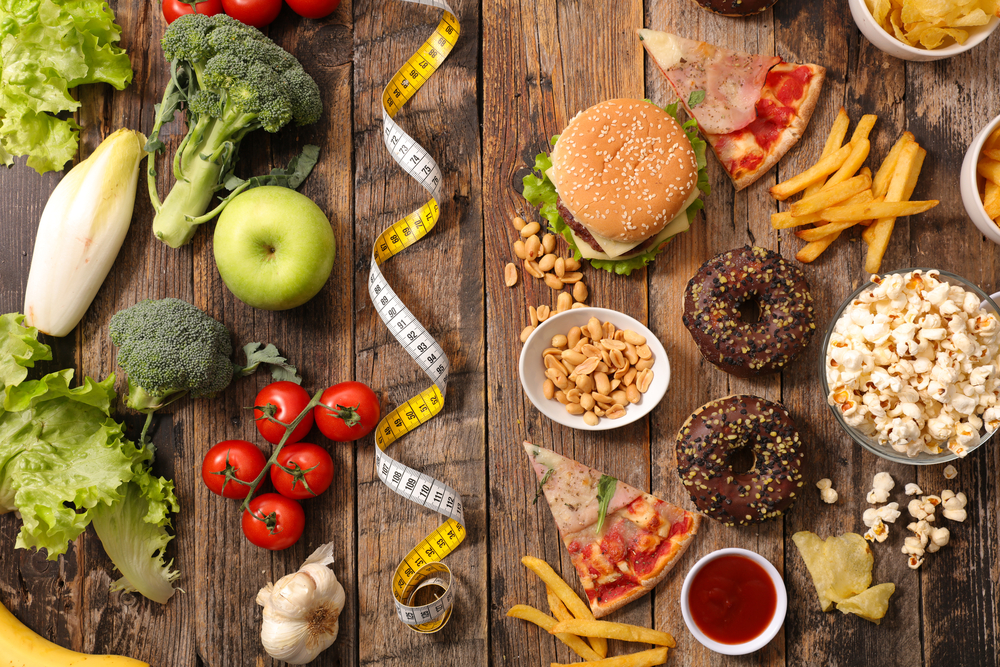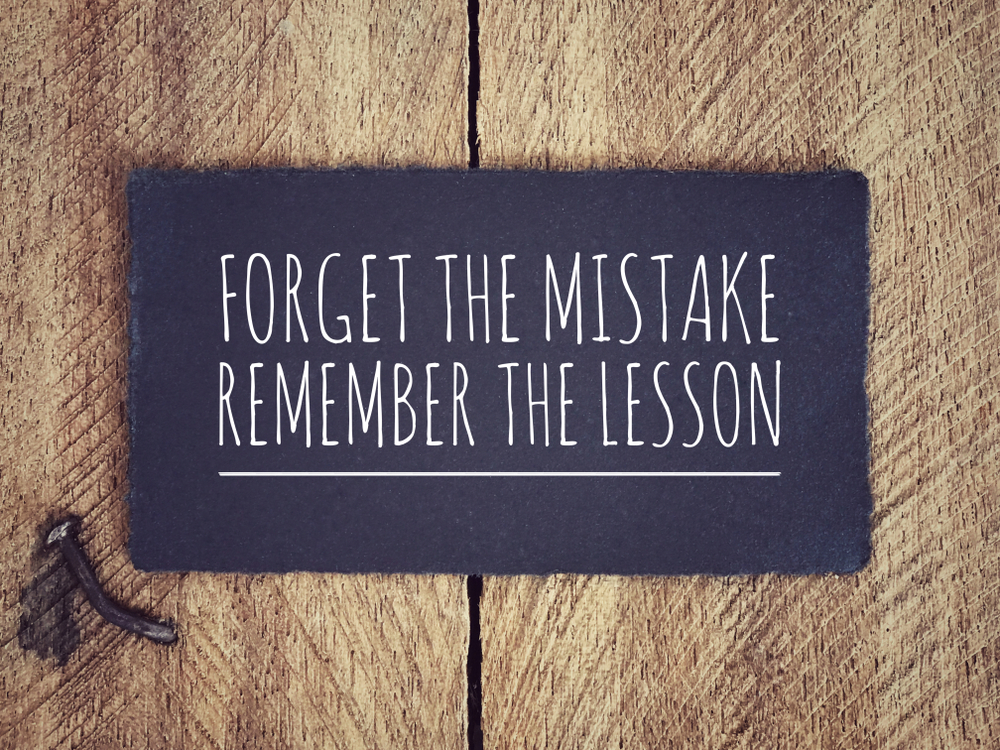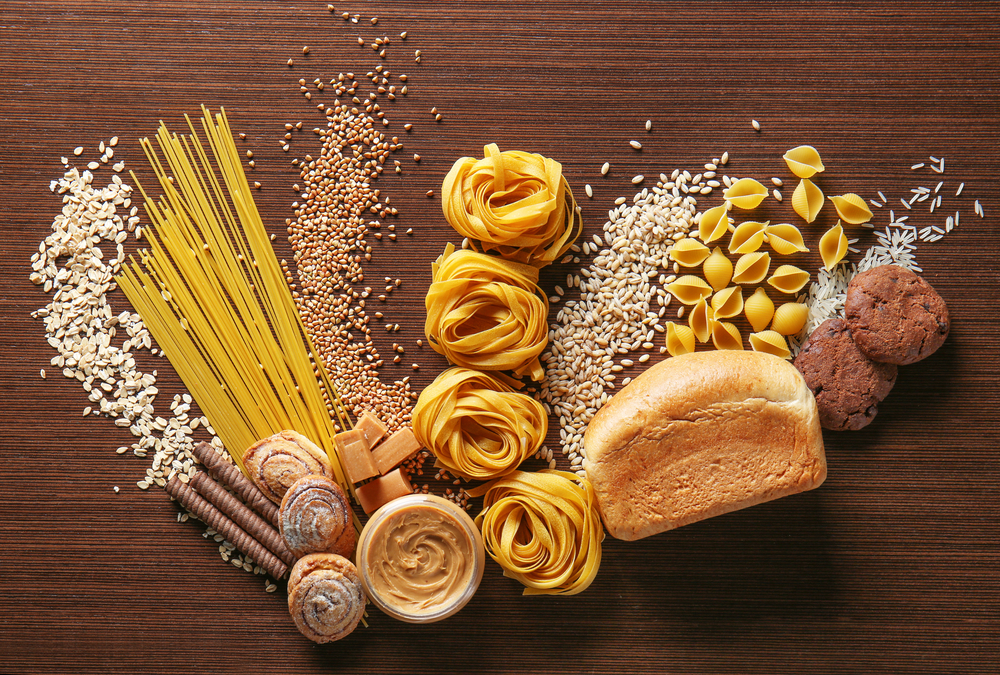We often hear about lean in the world of nutrition and sports. In most cases, lean is simply referred to as weight loss, but it is rarely specified what type of weight loss it is.
It is possible to lose weight in different ways, depending on the person's goal. Some people want to lose weight using a simple slimming diet, and others want to lose body fat and gain muscle mass, using a combination of a diet and sports programme. There are also those who already have significant muscle mass, but want to further draw their muscles. And finally, there are those who are looking to prepare for a bodybuilding competition, as a professional bodybuilder.
Most of the time, people mix these situations up by lumping them into one term which is lean, so it's important to define your goal first. But in which cases can we really talk about cutting?
How to distinguish muscle lean from other diets or muscle diets?
What difference is there really between a cut, a slimming diet, and a diet to better shape muscles.
Cutting and slimming diet
The slimming diet operates mainly at the level of nutrition. Originally, diet refers to the way a living species eats, it can differ depending on what the person eats. For example, there are vegetarian diets and protein diets.
The purpose of a slimming diet is to cause weight loss, through a calorie deficit. It may or may not be accompanied by physical exercise, depending on the individual. The slimming diet initiates the weight loss process by reducing eating habits to a diet with a calorie intake below the person's normal energy expenditure. Here it is not necessary to have a large muscle mass, as the aim is to reduce fat mass and not to build muscle.
Beware we often think that dietary fat is the only thing responsible for our weight gain wrongly.
Cutting and dieting to build muscle
The diet to draw muscles is a little more similar to the cut, as it is a rather lighter form of the cutting. Here, you first need to have a certain amount of muscle mass, as the goal is precisely to draw the muscles you already have.
To do this, it is also fundamental to implement a calorie deficit diet programme. This deficit will help to reduce fat mass, which will allow you to put more emphasis on your muscles. This diet is mostly practiced by athletes who always want to improve in their muscle renderings, or for bodybuilders who do not want to recover too much fat during rest periods, without competition preparation.
Its difference with the slimming diet is that this process aims to reduce the fat mass that is already a minority in the body to better show the muscles, while the slimming diet aims to reduce a consequent fat mass considered harmful to health, or just a reduction for a better silhouette, without having a significant muscle mass. We can help ourselves with natural foods known for their fat burning effects.
Example of diet to shape your muscles well.
Competitor's cut
Here we are talking about the real meaning of cutting, the one that is to be differentiated from the others in the language of bodybuilding. Before a bodybuilding competition, competitors follow drastic diets designed to optimise their muscle structure.
Competitor's cut is a complex preparation, specifically reserved for professionals, which requires meticulous medical monitoring. If in normal sportsmen, the level of fat is already quite low, that is to say 8 to 10% of body fat, compared to the normal population, that of bodybuilders is even lower, arriving at 3 to 5% in men and 6 to 8% in women. So here we are no longer just reducing weight by melting fat, but removing subcutaneous water as well.
In other words, competition cutting aims to remove the water between the skin and the muscles, so that at the end only the bodybuilder's protruding muscles are shown, accompanied by the traces of vein. For this reason, the nutritional programme will include a hormone-modifying diet, the aim of which is to optimise the removal of water by the metabolism. At the same time, the diet will strive to maintain energy reserves at their maximum to ensure satisfactory muscle fitness.
Example of a cutting food programme.
Precautions to take for a cut
Cutting is not something to be taken lightly, as some people in the sports world may believe. It is a process unique to the world of competitive bodybuilding.
Call for nutritional assistance
To help the bodybuilder who has to manage both strict training and a drastic diet, the presence of a nutritional coach would be of great help. It is a complex process, which even for professional bodybuilders is still very difficult to organise and take in both psychologically and physically. It is then important to ensure a strict external follow-up, to keep away any risk of wasting months of work.
Assistance is also recommended due to the dangerousness of this process. The diet and sports programme must be followed to the millimetre. There can be no missteps, at the risk of greatly ruining health. Their nutritional programme is often very low in carbs.
Limit the cutting
Fat levels are already at a minimum, in addition to the removal of subcutaneous water, the metabolism is totally out of whack. The proportions of nutrients are not balanced, and the body is under a really high and stressful tension. It is this permanent tension that means that the cut can only be maintained in a 24 to 72 hour period. This period limits the damage of such a process on the human body.
Now, you know the difference between a cut, a slimming diet, and dieting to build muscle. When the objective is simply to lose weight, you start a slimming diet. When the goal is to build muscle, you start a lean. And when we prepare for a bodybuilding competition, we eliminate water from our body to cut completely, hence the term cutting.







